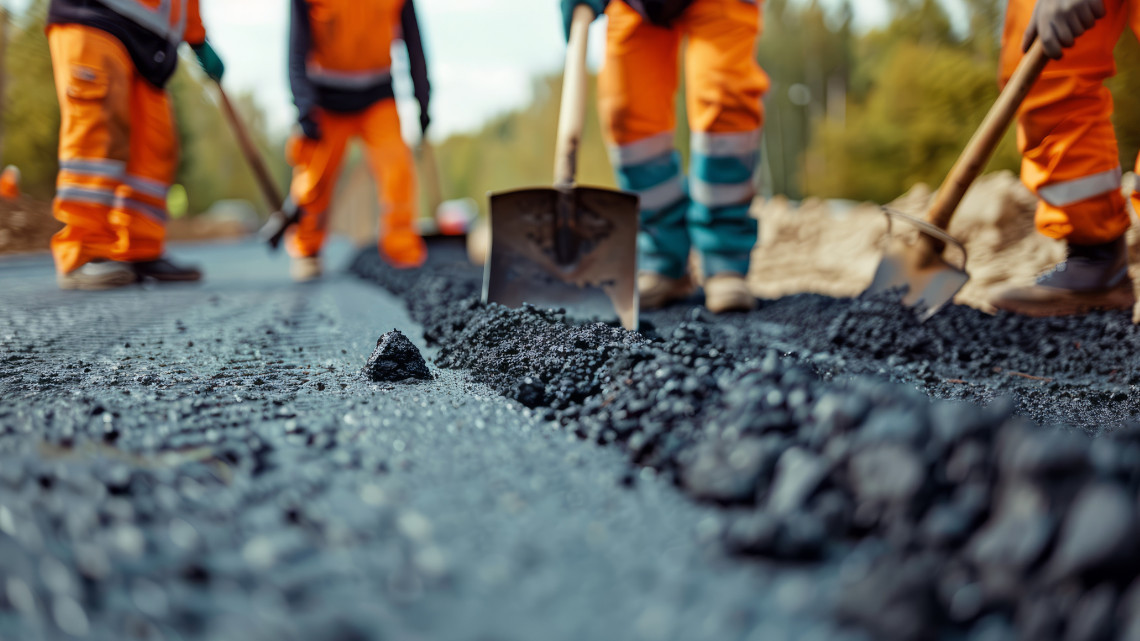
MDOT Says It Needs $2.5B Extra Yearly To Have 90% Of State Road Pavement Good
April 15, 2025
The state’s transportation department will need $2.5 billion in extra investment every year for 90 percent of the road pavement it oversees in good or fair condition before Fiscal Year (FY) 2036, says Greg Brunner, the department’s chief engineer.
“We’re reconstructing a lot of roadways out there, but you can see looking forward that without some change in revenue, that conditions are going to drop significantly looking forward,” said Brunner, the Michigan Department of Transportation’s (MDOT’s) chief operations officer, on Tuesday.
Not including future road funding proposals, the state is anticipated to invest $798 million, on average, on state trunkline projects annually through FY ’40.
At that level of funding, MDOT forecasts that less than 35 percent of the state trunkline will have its pavement in good or fair condition.

“The 90 percent line that’s on the top, that’s our State Transportation Commission goals for pavement in good condition . . . what our folks are projecting right now, that’s about $2.5 billion extra a year to get back to that 90 percent goal to be able to maintain that,” Brunner said, speaking to the Senate Transportation and Infrastructure Committee.
The fixes MDOT oversees include full-on reconstruction, digging up a roadway’s aggregate and sand, and putting in new pavements. Those roads are projected to last 40 years. Rehabilitation projects – adding concrete overlays to existing roadway – last 10 to 20 years.
Brunner explained that the fixes MDOT receives the most calls about are capital preventative maintenance projects, and “those are probably five-to 10-year fixes.”
“Those are going to be kind of the quick fixes we go out and do, just to maintain the life of the pavement. It could be just one layer of asphalt overlay we put on the top, or a seal to stop water from penetrating,” Brunner said. “That’s part of our long-term plan, just to maintain things, to keep them moving forward . . . stretch that dollar out a little bit more.”
Sen. Erika Geiss (D-Taylor) – the committee’s chair – noted that the roads being discussed do not include those being locally managed.
For example, according to MDOT, 8 percent of Michigan’s road network falls under its direct supervision, while 92 percent is overseen by counties, cities and villages.
However, that 8 percent takes on 80 percent of Michigan’s commercial traffic and 53 percent of all traffic.
“Hearing (from) neighbors and other PTO moms . . . that third tier of Band-Aids, if you will, I don’t think anyone believes that those actually last five to 10 years,” Geiss said, discussing the preventative maintenance projects. “Is this going to keep going . . . like the crack on my windshield . . . is it going to spread?”
Brunner said routine maintenance folks are doing what they can to hold roadways together until they can come through with larger fixes, “and again, it’s all based on the competing priorities we have in each of the regions.”
The House in March approved a $3.1 billion road funding plan, dedicating $2.1 billion from Michigan’s Corporate Income Tax to road projects, while terminating any future of large-scale corporate grants for businesses.
The Democratic-controlled Senate right now is determining if it should put forward its own road funding plan, although MIRS has heard Democrats are struggling to reach a consensus on what it might look like.
Article courtesy MIRS News for SBAM’s Lansing Watchdog newsletter
Click here for more News & Resources.